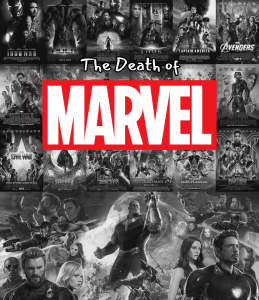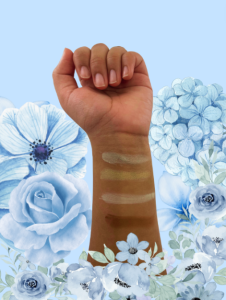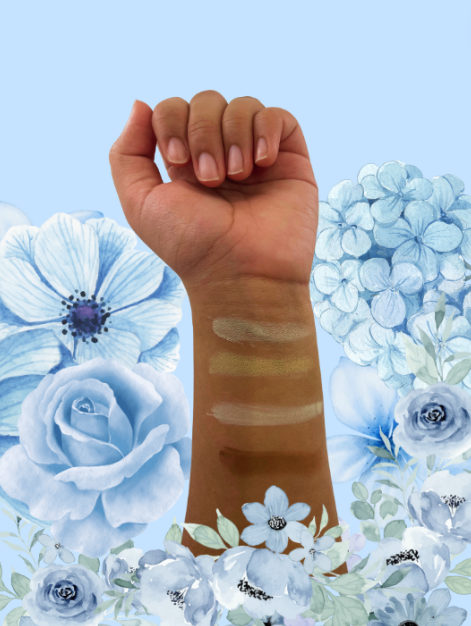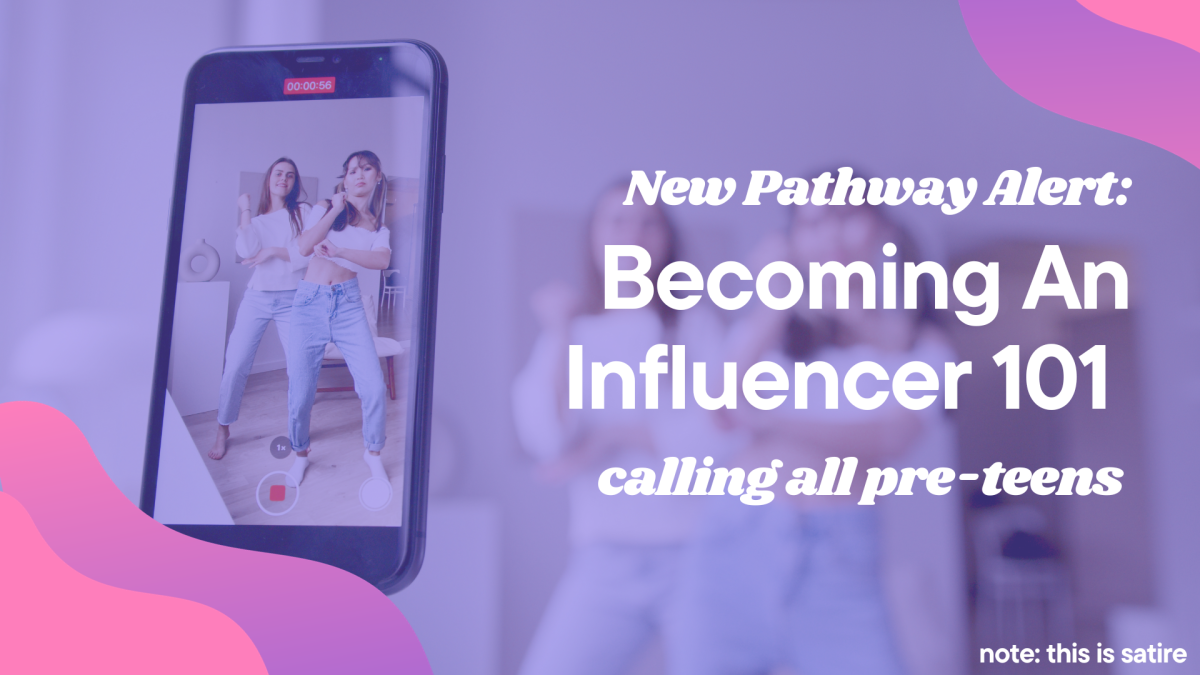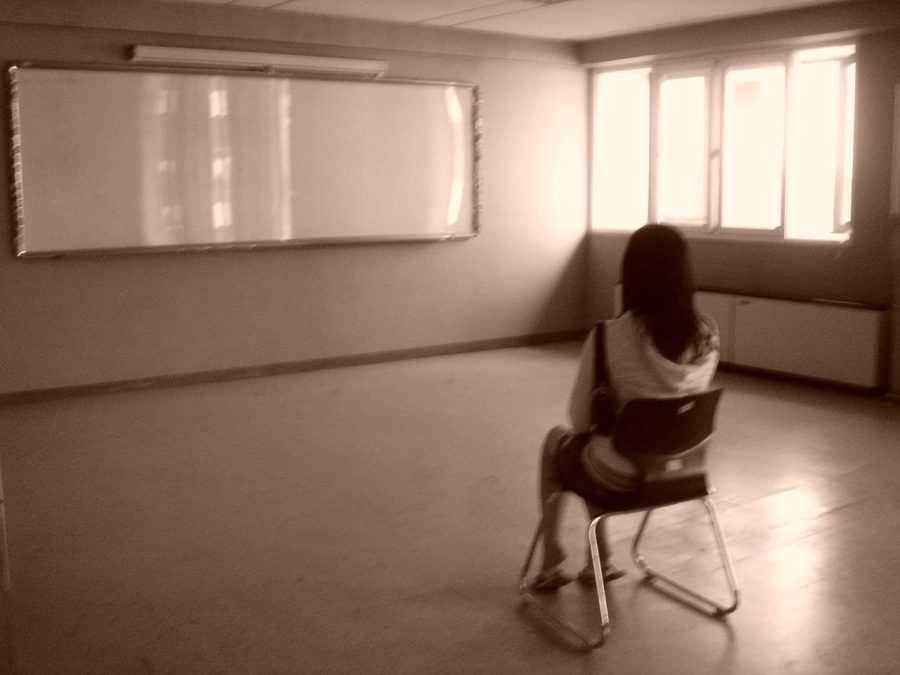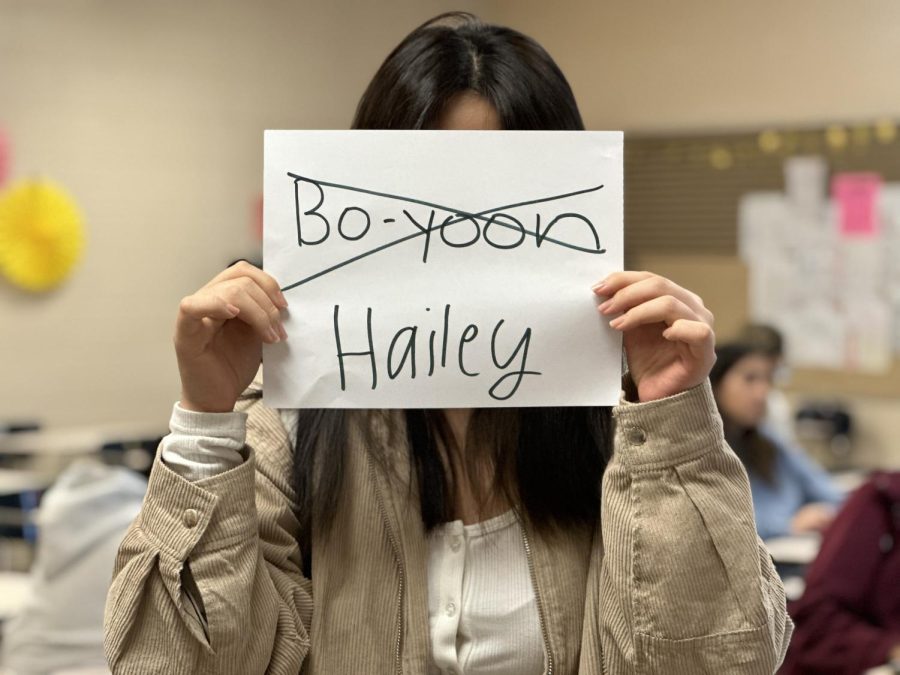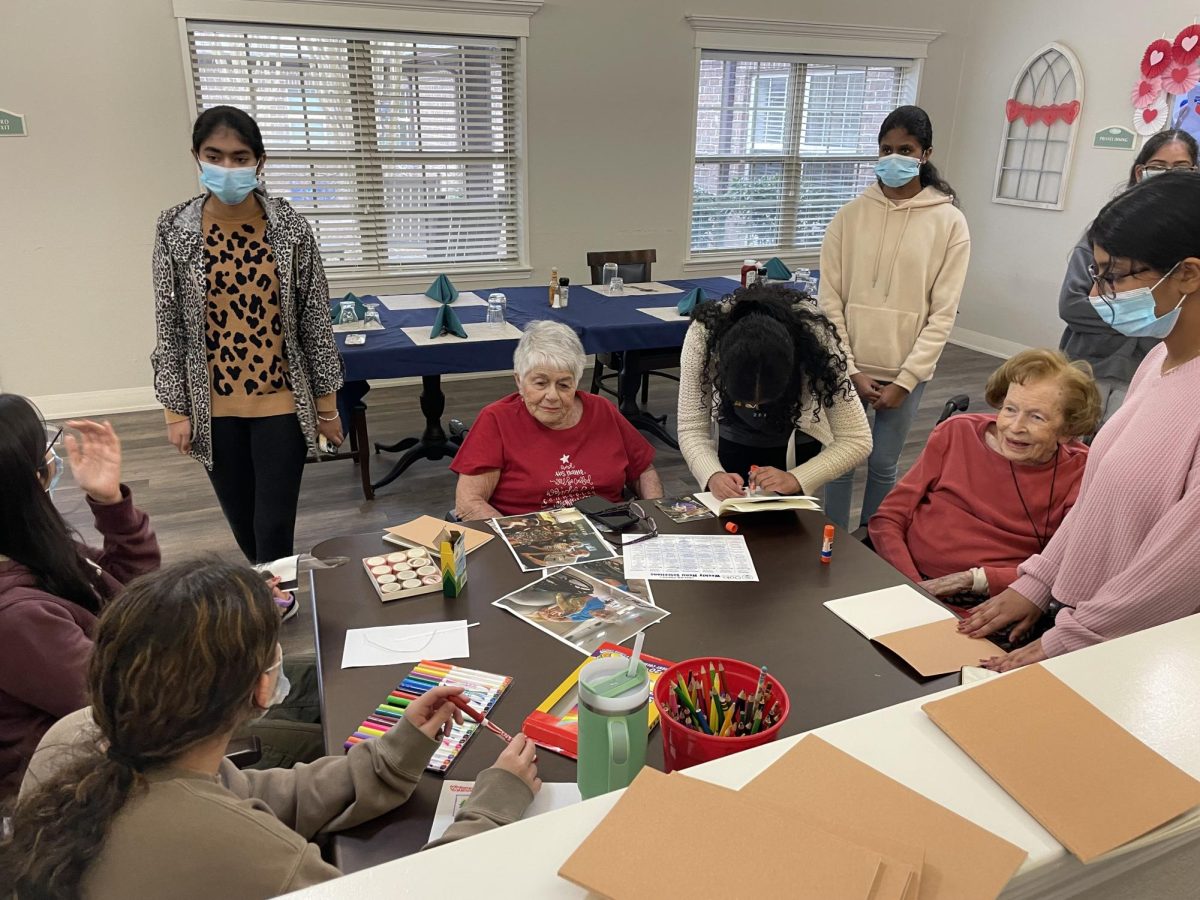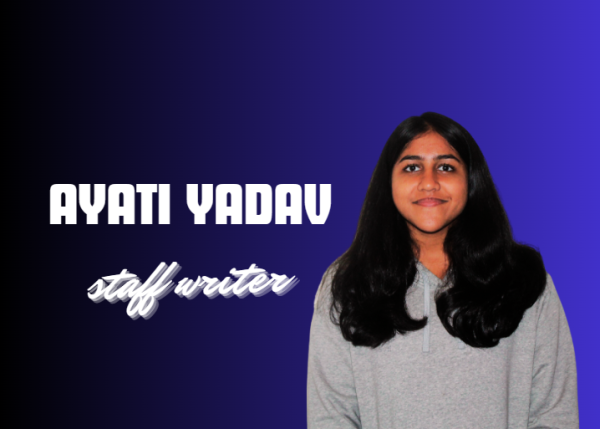101 Different Variations of Pale: The Struggle
How would you feel walking down the beautiful aisles of Ulta or Sephora, knowing that no matter how hard you search or how much you spend, you won’t leave with your skin shade like all of the rest of your peers?
Many makeup brands have labeled themselves as being “inclusive” of all skin shades; however, are they truly inclusive? With only one dark shade in a palette of multiple light shades, it’s clear to see that this is not necessarily “inclusivity.”
Producing one shade for a dark skin tone in a line of 40 options just emphasizes the struggles of multiple dark-skinned girls around the world when it comes to finding makeup that does its job.
According to Zainab Pate, writing for the website Dear Dark Skinned Girl, “To claim that [makeup brands] have foundation shades for all skin tones is ridiculous if they came out with only one darker shade and 21 different variations of the color tan.”
Many brands offer “dark” shades; however, as Pate points out, only a few truly offer a diverse color range.
This is one example of a wider phenomenon called “Colorism,” in which individuals with lighter skin tones receive better treatment than their darker-skinned counterparts, even when both individuals come from the same culture.
A foreign exchange student in South Forsyth High School, Junior Maria Edurada Heinrich Dalla Valle, was interviewed on this subject and brought an international perspective to the issue.
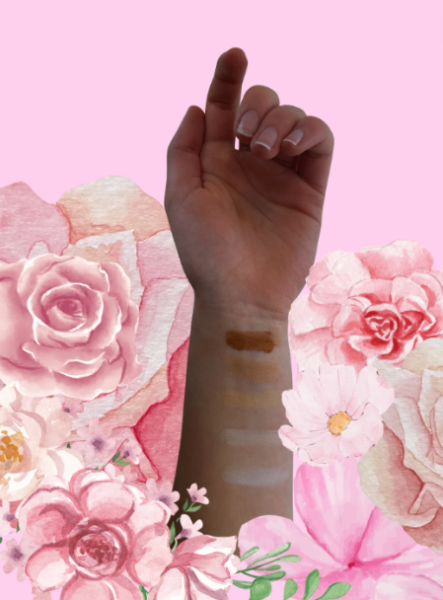
“Ever since I have come to America, I have seen a big diversity in colors,” Heinrich said. “Even though there are so many colors, I struggle to find my shade, which is either too dark or too light. In Brazil, there was less diversity but more tones that suited the population. I easily found my shade in Brazil, and there was a very slight difference between them all. However, in America, it has been quite the struggle.”
Like Heinrich, thousands of girls across the globe struggle to find their shade despite many brands contributing and advertising their “inclusivity.” Although there is now a wider spectrum of colors available in every makeup aisle, it is much harder to find colors because there is such an intense gap between shades.
Heinrich has accompanied many friends on the quest for the perfect shade, and she’s seen the unfairness of the cosmetic industry’s current offerings firsthand, especially when it comes to price tags.
“Whenever my friends and I would go to makeup stores, my friends [with darker skin tones] ended up paying way more for make-up than my friends [with lighter skin tones] did,” Heinrich said. “Expensive brands have more inclusivity, and I can find my shades in these brands. However, girls [with darker skin] can never find their shade in cheaper drugstore products. I find it quite sad that they have to pay much more because there are no affordable makeup products for their skin type.”
However, there are some brands that have created foundation ranges with true inclusivity, such as major makeup brands M.A.C. and Fenty Beauty; however, a drugstore brand can retail for less than $20, whereas M.A.C.’s foundation starts at $40. A brand with a lot of inclusivity is ultimately more expensive compared to drugstore alternatives.
“I hope that one day the world will change to more inclusive [ways],” Heinrich said. “Girls, whether they are dark or light, [should] find their skin tone without paying hundreds of dollars. I hope one day that companies will truly include everyone in their range, whether it be foundation shades or something else.”
Cozy Crafts YouTube intro by Ayati Yadav
Whitening
In addition to color matching struggles, colorism can also cause individuals to develop a negative relationship with their skin tone itself. Skin whitening has been a trend for centuries, and its societal impacts have been intense. From skin whitening creams to tanning hacks, many products that promise to change your skin tone are filled with harmful chemicals which people slather on their faces in order to achieve what they perceive to be a “superior complexion.”
The popular whitening cream, Fair & Lovely by Unilever, is sold to millions across the globe, but was recently renamed after backlash over some of its chemical ingredients, which can allegedly increase the risk of multiple types of cancer.
“I have seen Fair and Lovely everywhere,” said Akshara Veluvolu, a South freshman. “It’s a product that everyone uses despite knowing the effects of using it. In almost every home and every bathroom, I always see Fair and Lovely standing on the counter. ”
All across Africa and Asia, the craze for lighter skin has been going on for thousands of years. This trend is deeply rooted in many cultures and countries and affects generations today, which makes it extremely hard to reverse. And if you’re already struggling just to find a foundation that matches your natural skin tone, the promises of Fair & Lovely become even harder to ignore.
Many beauty brands have to focus and market in line with these trends, as that is how they make profits. However, is the money truly worth the societal damage? Though some brands capitalize on the promises of colorism and support skin whitening, others have chosen to celebrate all skin tones and have adopted a view encompassing individuality and sincerity.
“I definitely feel like advertising on lighter skin can definitely affect girls with darker skin tones like me,” said Veluvolu. “I feel that [colorism] really creates this insecurity, and it shines through many women as well. Girls with deeper skin tones must be really affected by this, as it makes them not feel beautiful.”
Veluvolu has experience with this dangerous phenomenon firsthand.
“I remember wanting to have light skin like in the movies, and applying so many face packs only to cry in the mirror over and over again,” she said.
Thousands of dark skin girls struggle with this internal conflict of self-image due to colorism and other preferences for a particular skin tone that has been going on for centuries. An NBC News study found that 37% of African American girls would want to change their skin color if they could. Although this study is quite sad, it only scratches the surface of what colored communities have been and continue to go through because of colorism.
“I know for myself that it’s not some easy thing that you can snap your fingers and [colorism] will be over,” Velovelu said. “It takes time to improve, but I hope that one day, girls of all colors, whether white or black, will feel beautiful.
Whether this change begins in ourselves or in the makeup aisles of our favorite stores, everyone should be working towards a more colorful world, instead of a planet painted 101 different shades of beige.
“I hope that the world will one day turn into a place where nobody has to bleach their skin to be beautiful, or nobody will ever feel that their skin color isn’t good enough,” she said.
Sources:
‘Whitening’ creams undergo a makeover but colorism persists, by NBC News
Colorsim in the Cosmetics Industry by Zainab Pate



